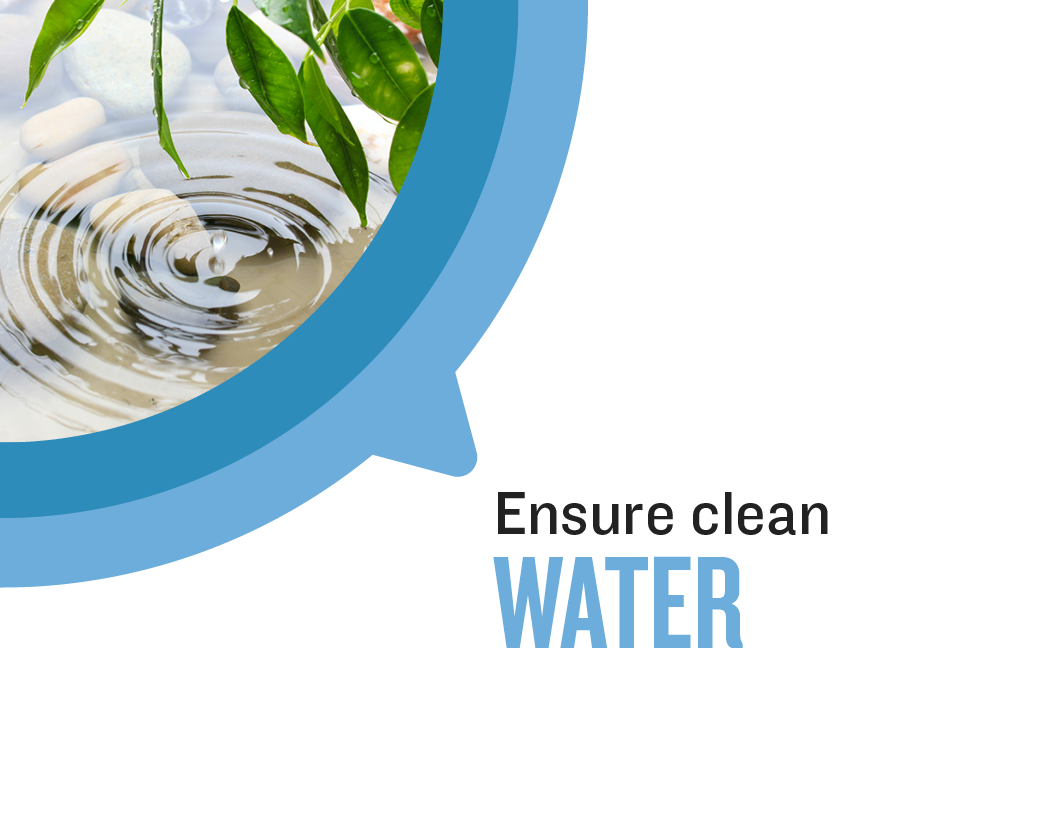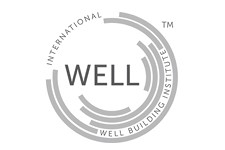Upcoming Revision: In 2020, Green Seal committed to a multi-year phased approach for restricting per- and polyfluoroalkyl substances (PFAS) in all certified products due to their adverse health and environmental impacts. We completed Phase I in 2022 by prohibiting PFAS in formulas for certified cleaning and personal care products. Now, in the second phase of this initiative, Green Seal is proposing criteria to prohibit PFAS in this standard. To learn more or receive project updates, visit our Standard Projects page.
WHAT GREEN SEAL CERTIFIES
Green Seal’s GS-11 leadership standard means a paint, coating, stain, or sealer is verified as safer for human health and the environment compared to similar products while delivering uncompromising performance. The standard covers wall and ceiling coatings, anti-corrosive coatings (previously GC-03 for Anticorrosive Paints), floor paints, primers, stains, finishes, and sealers intended for application to wallboard, tile, metal, wood, composite wood, concrete, stone, masonry, and terrazzo substrates, as well as other architectural substrates. Download the GS-11 full standard.
PERFORMANCE OF GREEN
All Green Seal certified products must demonstrate functional performance via an objective, scientifically validated method under controlled and reproducible laboratory conditions. Paints, coatings, stains, and sealers must meet ASTM standards in relevant areas such as adhesion, applicability, scrubbability, and washability.



























